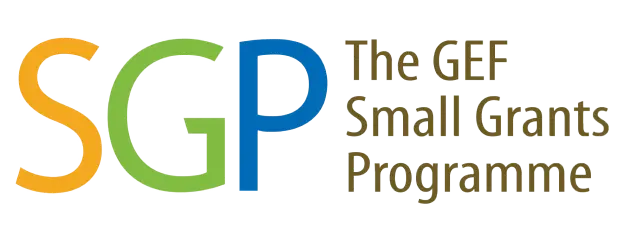Kalimajari Foundation
INS/SGP/OP6/Y2/STAR/BD/18/044
PROJECT IMPLEMENTATION DESCRIPTION
Objective 1:
Obtain scientific data from waters as an indicator of the carrying capacity of seaweed cultivation, including the seasonal calendar
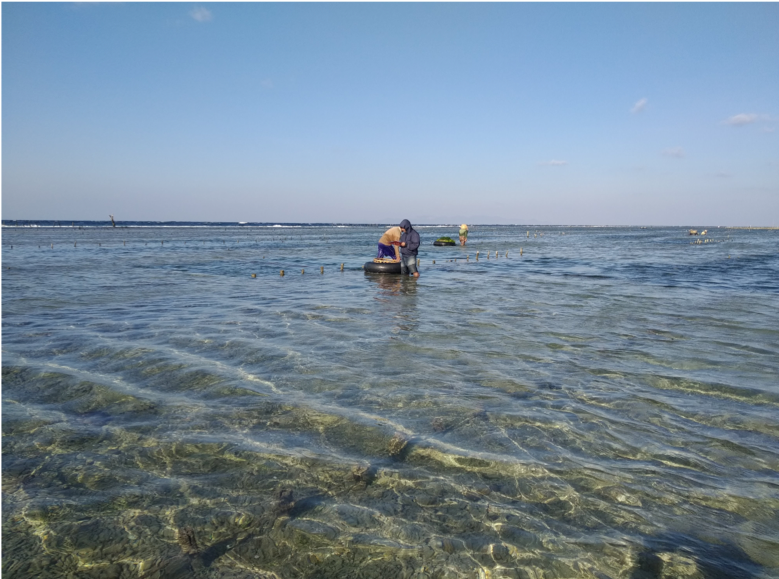
Fig.1.1. Water quality data collection includes temperature, salinity and acidity levels (pH). Water parameters were collected on July 1 2019, including in Lembongan, assisted by Kalimajari Foundation field staff.
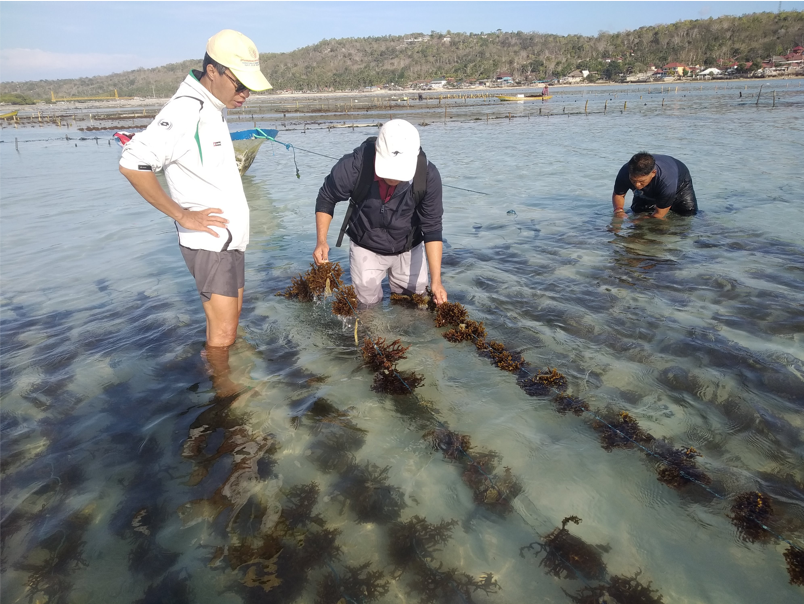
Fig.1.3. Mr. Lideman's field visit from the Takalar Brackish Water Aquaculture Fisheries Center (BPBAP) on October 29 2019 in collaboration with seaweed cultivation research.
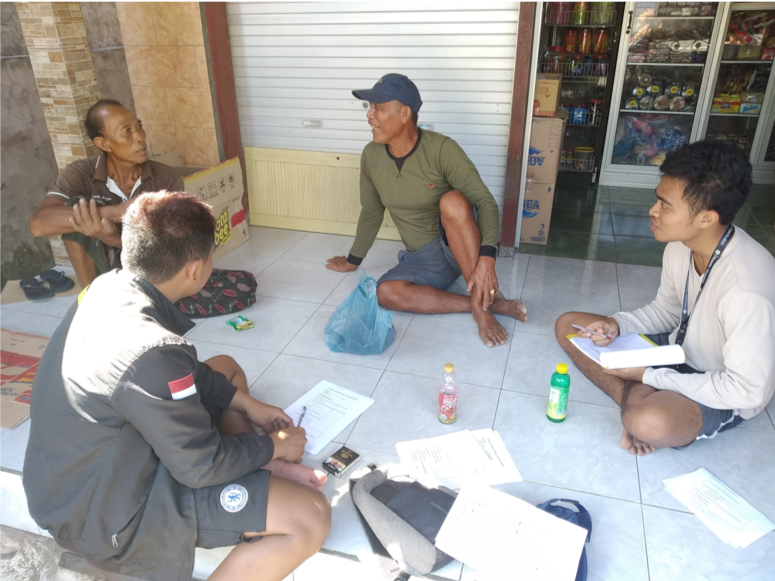
Fig.1.2. Interview farmers to gather information to support the analysis of the seaweed cultivation season calendar. The season calendar was recorded by a team of 4 surveyors on 28 June – 2 July 2019.
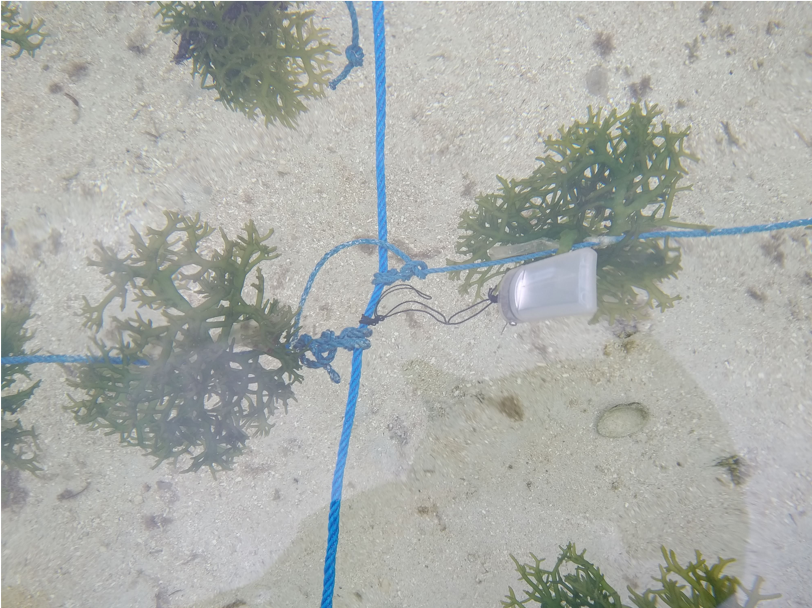
Fig.1.4. Logger installation began on March 4 2020. This logger will record data on water temperature and light intensity entering the waters as an indicator of photosynthesis for seaweed. This logger is a follow-up to discussions with Mr. Lideman from Bali Takalar.
Achievements of Objective 1 Activities:
Test water quality
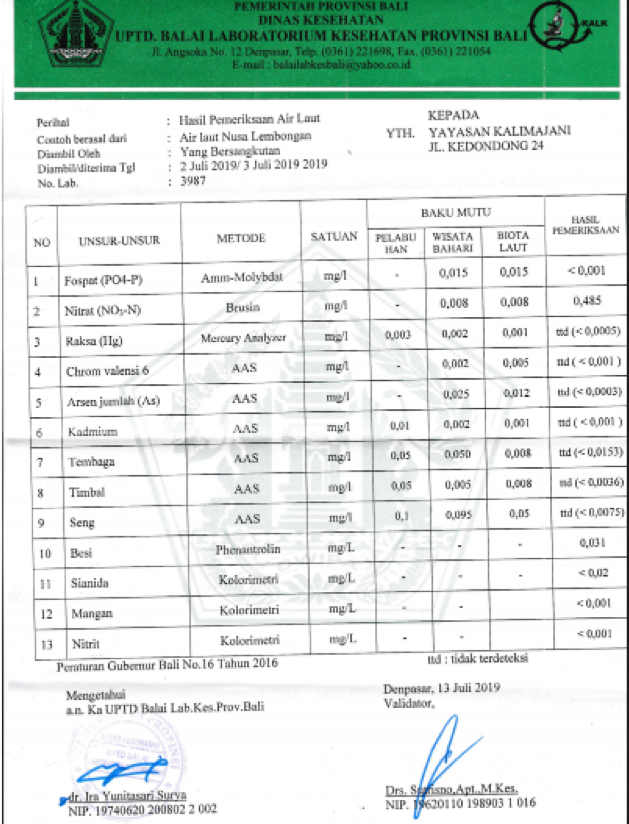
Figure 1.5 Example of lab test results in Lembongan.
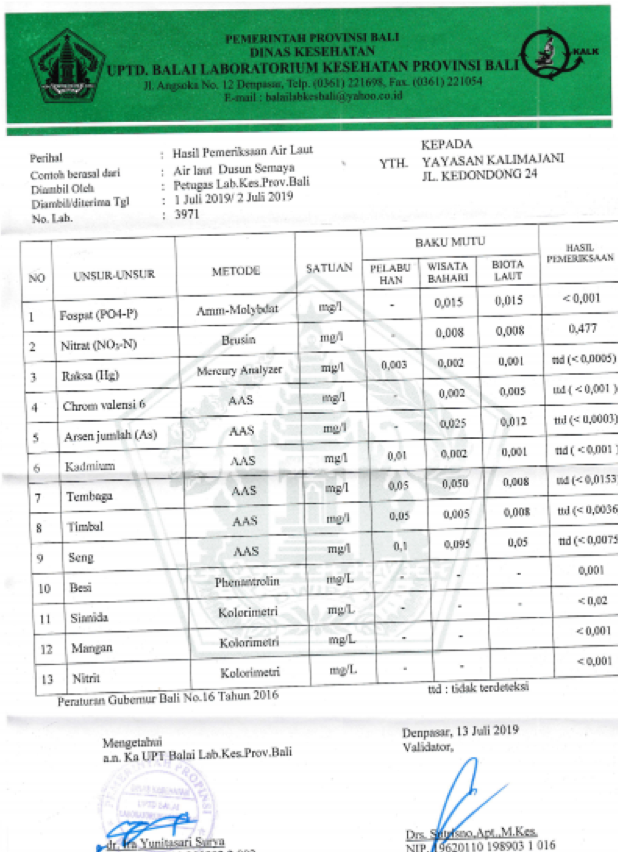
Figure 1.6 Example of lab test results in Semaya.
Figures 1.5 and 1.6 are the results of water tests from two locations, namely Semaya and Lembongan. The quality standard used by the Bali Health Lab is "quality standard for living creatures in water". The elements tested are heavy metals as well as phosphates and nitrates. The laboratory test results showed that no heavy metals were detected in the two waters and the nutrients were still suitable for cultivation.
The results of phase two and phase three lab tests also showed no detection of heavy metals from the two Semaya and Lembongan water samples.
Analysis of the cultivation season calendar
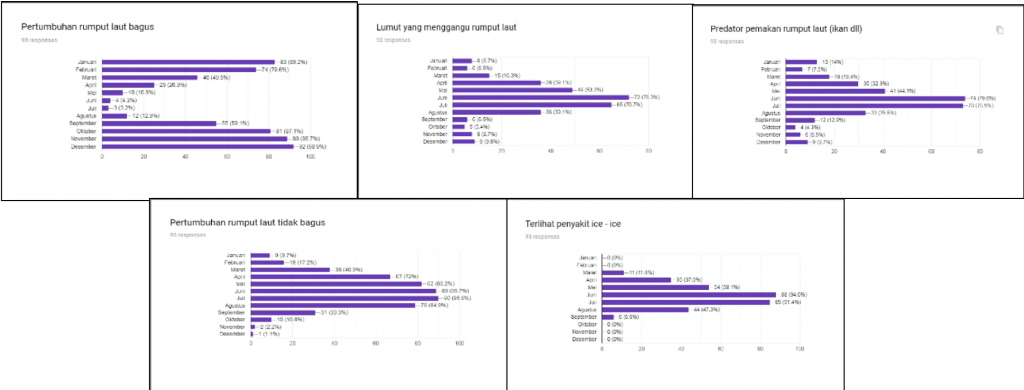
Figure 1.7 results of analysis of the seasonal calendar as a result of the interview method with all farmers in Semaya Hamlet. The results of the interviews were in the form of percentages regarding farmers' responses to events that occurred during seaweed cultivation. Events included in the criteria are good seaweed condition, bad seaweed condition, moss/algae attacks, fish pests and the like, and ice-ice.
Results of temperature and light intensity analysis from Balai Takalar (Mr Lideman)
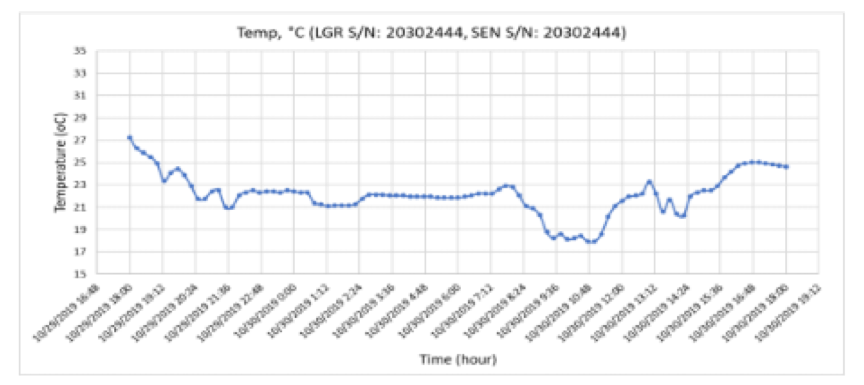
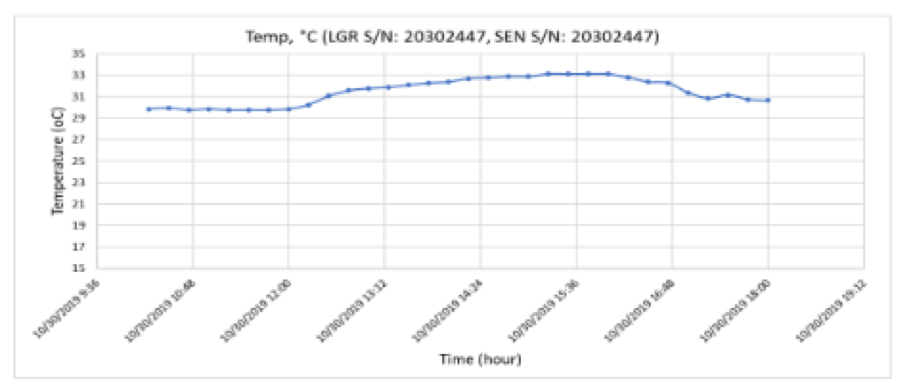
Figure 1.8 Graph of water temperature in Nusa Lembongan (left) on 29 October 2019 from 18.00 to 30 October 2019 at 18.00, and water temperature in Semaya (right) on 30 October 2019 from 10.00 – 18.00. The graphic trend that occurs is that the water temperature in Lembongan is 18-27 degree Celsius cooler than in Semaya, 29 – 31 degree Celsius. When compared with the location where the seeds come (Takalar), the following is a graphic comparison (Figure 1.9).
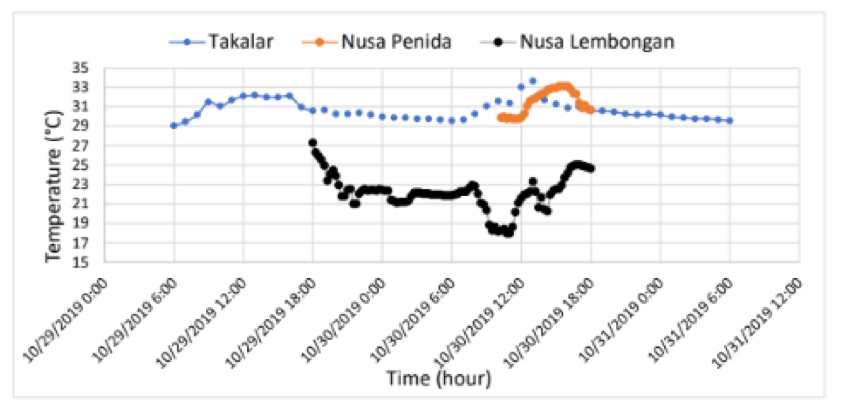
Figure 1.9 Comparison of water temperature trends in Lembongan, Semaya and Takalar
Objective 2:
Carry out strict seed purification/selection so that there are various types of seeds that are quality and adaptive to changing seasons.
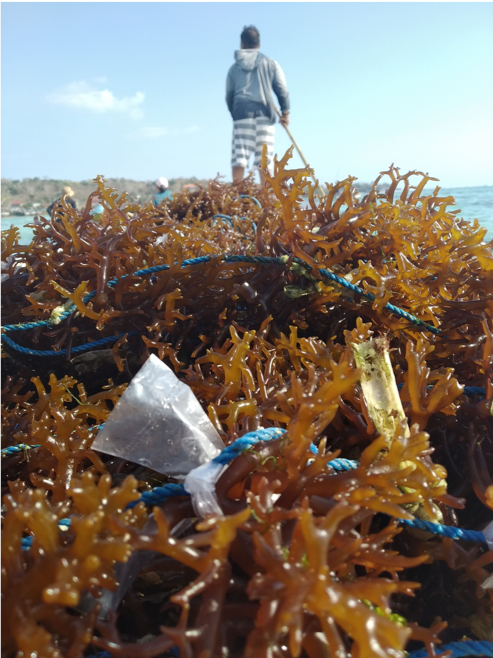
Figure 2.1 Development of alvarezii seedlings from Lombok. These seeds already existed in Nusa Lembongan before the GEF program started, but at the beginning of the program the Kalimajari Foundation strengthened the production of these seeds in demonstration plots.
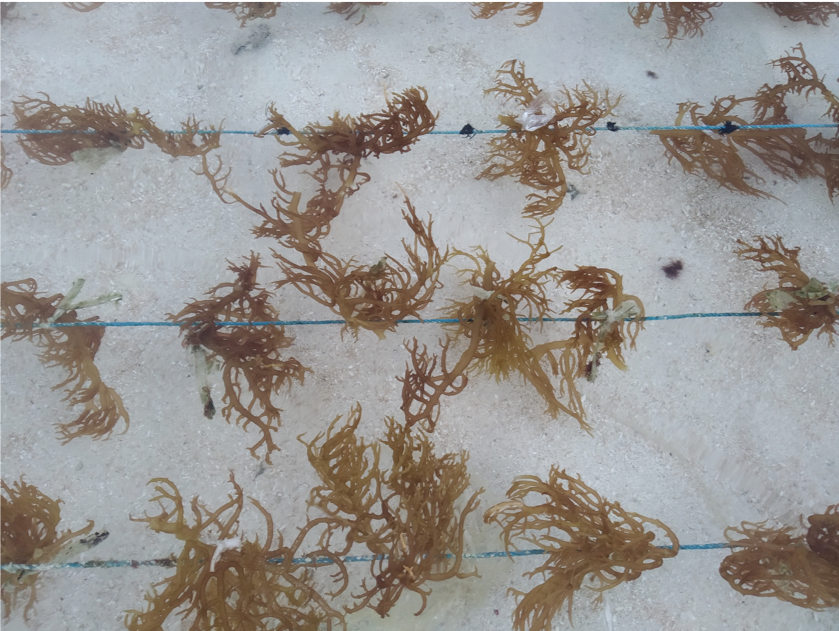
Figure 2.2 Planting tissue culture seeds from Balai Takalar. The seeds sent were 3 collies weighing approximately 50 kg on May 7 2019. These seeds have experienced an unstable growth phase until now and their characteristics are still being studied by farmers.
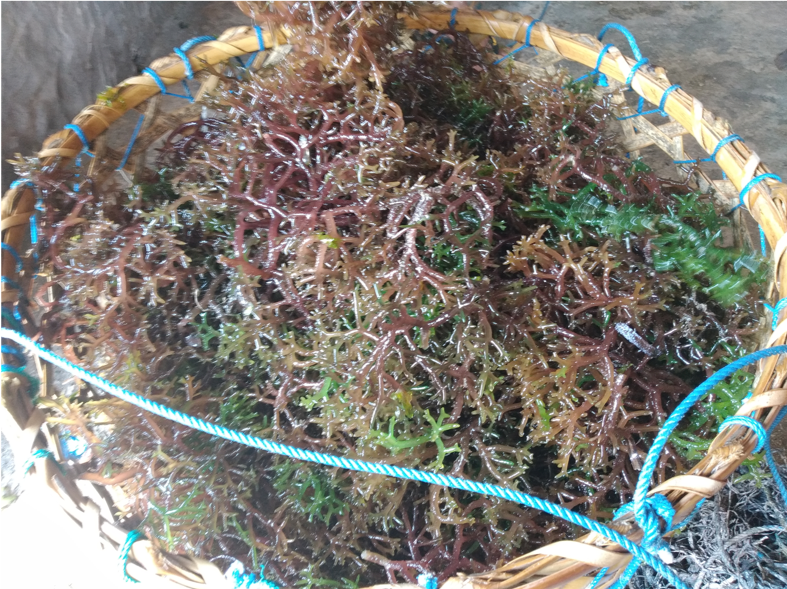
Figure 2.3 Planting of red sacul from Waingapu, East Sumba on 14 August 2019. Specifically, red sacul was planted in 3 different locations, one in Lembongan, the other two in the eastern and western parts of Semaya. The spread of planting of these seeds is because in Semaya there is indeed a green sacul to increase the percentage of life of this red sacul.
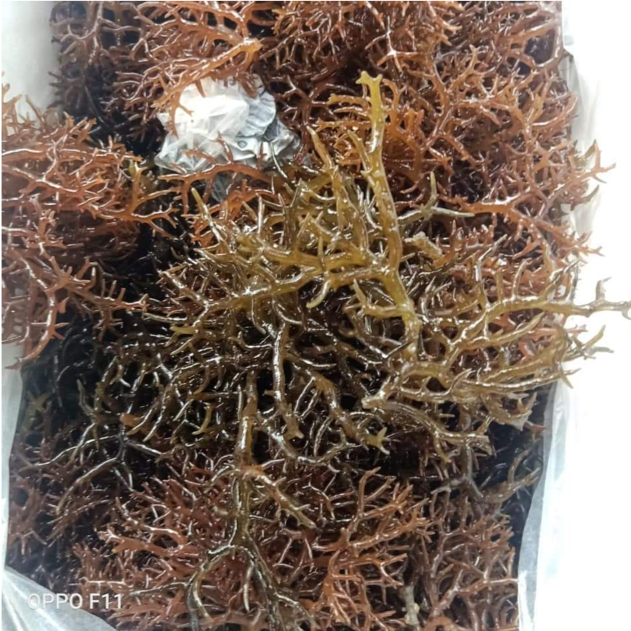
Figure 2.4 Planting seeds from Tarakan, North Kalimanatan on March 12 2020. The seeds imported were 5 coliforms. Currently, Tarakan seeds are still in the process of adapting to the environment in Lembongan.
Achievements of Objective 2 Activities:
Seed purification at the Lembongan nursery center
- Floating tissue culture seeds
The tissue culture seeds from Balai Takalar indeed have a very slow rate of adaptation. Until the program ended, the farmers and the Kalimajari team could not find the right growth characteristics of these seeds. In several phases in August the growth was good until it reached 19 ris but then the growth decreased and became 9 ris, until now there is still 1 ris remaining. Determining the adaptation characteristics of these seeds also confused Mr. Lideman, a photosynthesis expert from Takalar Center who was brought in in October 2019. - Development of red saccules
The development of red sacul seeds is slightly different from other seeds because the planting location is not only in Lembongan but also in Semaya, considering reducing the risk of death because Semaya is suitable for green sacul whose characteristics are similar to red sacul. The total ris/rope of seeds planted in Semaya is 7 ris in the eastern part, and 6 ris in the western part, and 6 ris in Lembongan. During the adaptation period of 1 month of planting, only in the eastern part of Semaya and in Lembongan the seedlings survived but did not show the growth of new branches, whereas in Semaya the western side of the seedlings had been completely attacked by ice. It was only in December 2019 that the seeds could begin to be developed. Until the program ended, the total ris of red sacul seedlings in Semaya was ±50 ris, while in Lembongan it was ±32 ris. This number will be very dynamic according to water conditions. - Development of Tarakan seeds
These Tarakan seeds are seeds identified as cotonii ginger as a result of intensive discussions between the Kalimajari team and farmers there. Because the new seeds were imported in March 2020, currently they are still in the process of environmental adaptation. The seeds imported were 5 coli, approximately 90 kg. until the end of the program there are 20 ris/tali. Because the delivery process exceeded the target of 2 days and the packaging from the seed source was not good, a total of 30 kg of seeds had withered at the location and turned white. - Development of local / green sacul
The development of local/green sacul from Semaya was carried out taking into account the limited number of seeds in Semaya when the sacul planting season there started to get good. The initial step was identifying the cultivation location, then 65 ropes of sacul were imported in March 2020. At the end of March the seeds were harvested to be reseeded to ±150 ropes.
Objective 3:
Development of new seeds through basic planting demonstration plots with good and correct standards
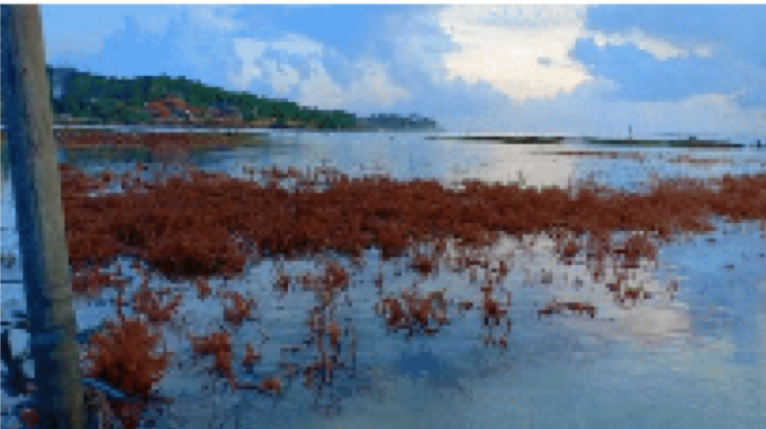
Figure 3.1 Making a basic planting demo plot using galvanized pipes. In its development, for efforts to save seeds from Takalar, Waingapu and Tarakan, this demonstration plot is only a pilot. The rescue of the imported seedlings follows an analysis of the farmer's cultivation location so that the risk of seedling death can be reduced.
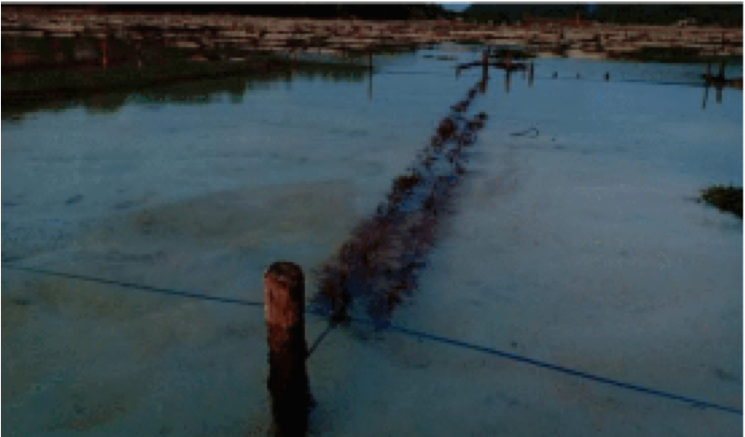
Figure 3.2 making a relative demo plot, when the seeds in the main demo plot do not experience maximum growth. So farmers can make efforts to save seeds in different locations.
Achievements of Objective 3 Activities:
Making demo plots
Making standard demo plots
At the start of the program in April 2019, field staff facilitated the creation of demonstration plots for seeds that would be imported from various regions as a seaweed cultivation pilot/campaign. This demo plot construction uses galvanized pipes instead of wooden stakes. The area of this standard demo plot is 9 x 12 meters (108 m2).
Alternative demoplot
Along with the development of the seeds, problems occurred when the seeds in the demonstration plot (tissue culture) did not show good growth, until finally an alternative demonstration plot became a solution taken to save the seeds. In the field, it turns out, even though the seeds are still in the same bay, the seeds have different growth capacities, this depends on current patterns, breaking waves and heat flow from the water temperature. Even though it is an alternative/identical nature, it really helps efforts to save seeds.
Additional demoplot
These additional demonstration plots are located in Semaya and Lembongan. Specifically in Semaya, this demo plot was created to facilitate farmers who lacked sacul seeds due to the lean season as well as to test the character of the Lembongan alvarezii there. Demoplots were made at 7 different locations with an estimated area of 40 m2. So the total area of the demo plot in Semaya is 280 m2. while the additional demo plot in Lembongan is specifically for planting green/local sacul from Semaya. The total area of additional demonstration plots in Lembongan for local saculs is 100 m2.
Objective 4:
Carry out mapping of cultivation locations that are still being used
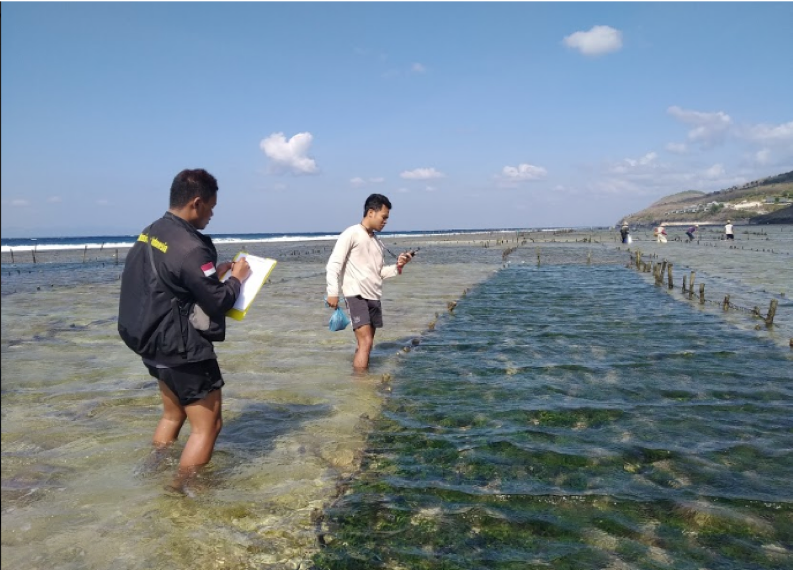
Figure 4.1 Coordinates for seaweed cultivation locations were taken from 29 June – 2 July 2019. This was taken by recording the cultivation coordinates of each farmer who still had seaweed.
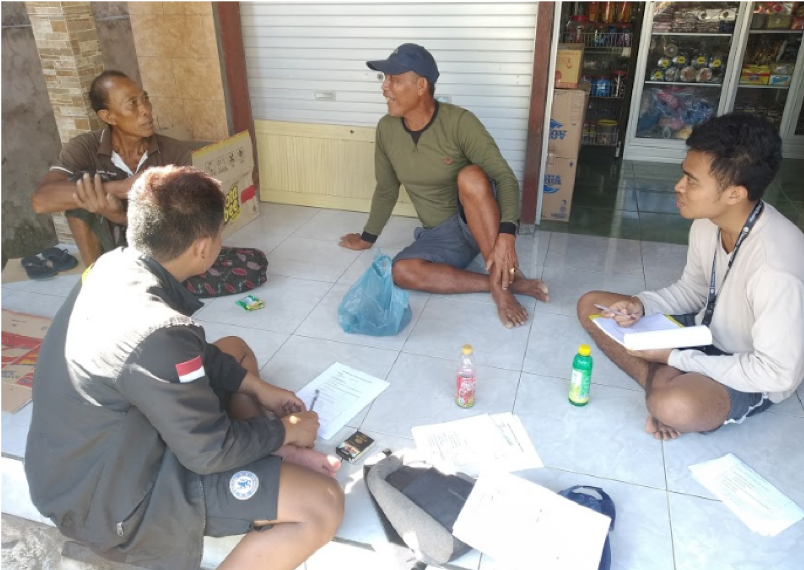
Figure 4.2 Direct interviews with farmers. This interview was conducted to gather information in preparing the season calendar as well as cultivation data including the amount of production, total cultivation area owned. This process is carried out by census of all farmers who are still actively cultivating.
Achievements of Objective 4 Activities:
Seaweed cultivation mapping results
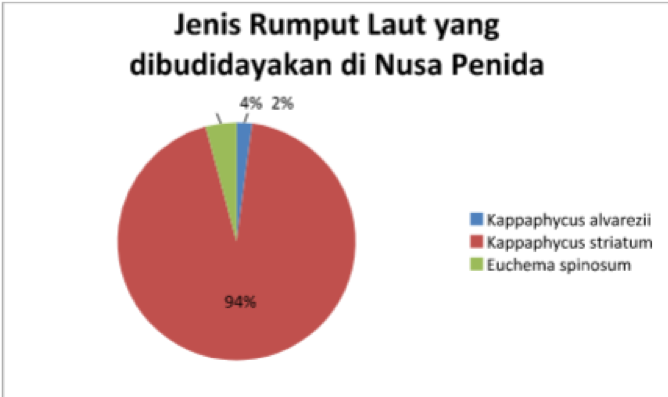
Figure 4.3 Phase 1 census results
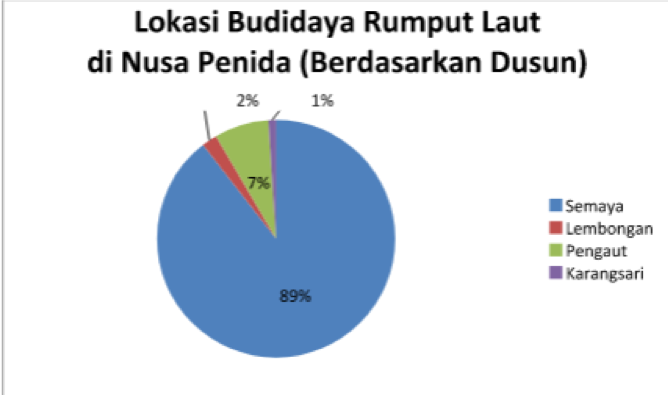
Figure 4.5 Phase 1 census results
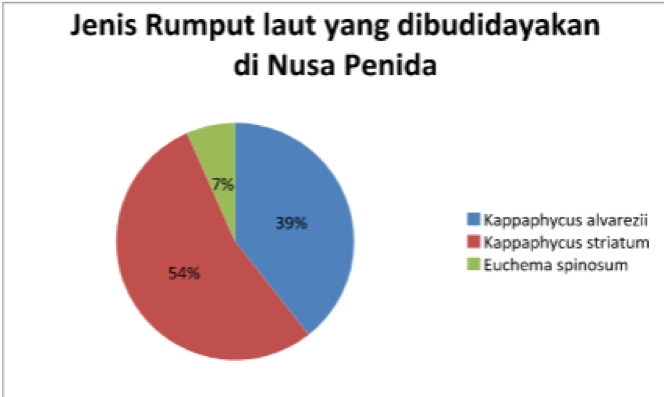
Figure 4.4 Phase 2 census results
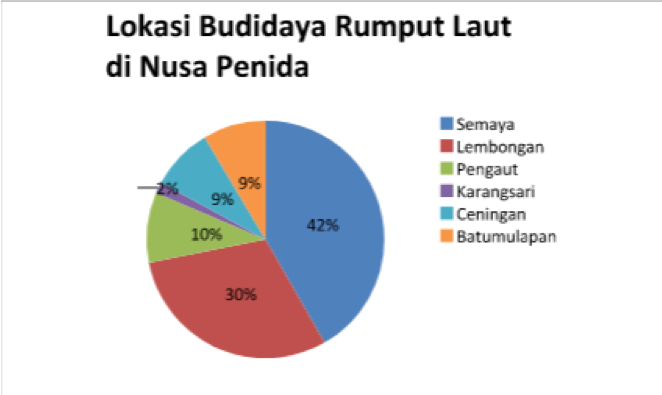
Figure 4.6 Phase 2 census results
From the cultivation survey carried out, apart from the position of each farmer's cultivation location, percentage results were also obtained from (1) types of seaweed cultivated, (2) location of seaweed cultivation based on hamlet, (3) age of seaweed farmers, (4) area seaweed cultivation land, (5) as well as the total estimated wet production for 1 harvest cycle.
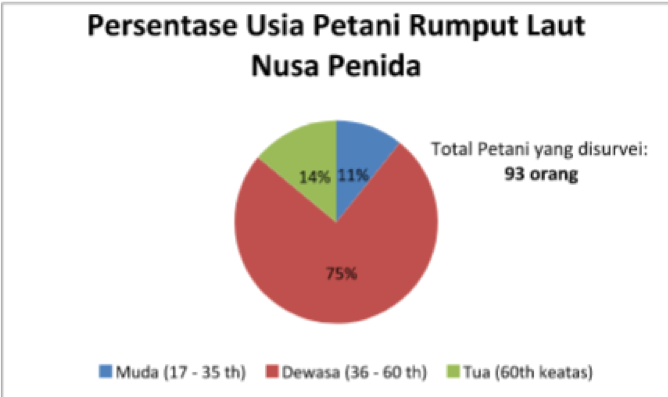
Figure 4.7 Phase 1 census results
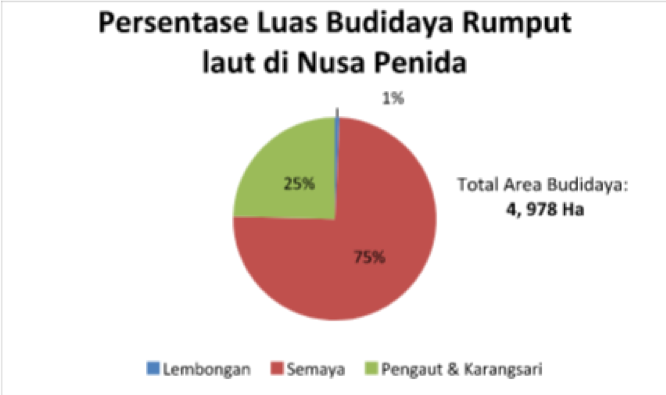
Figure 4.9 Phase 1 census results
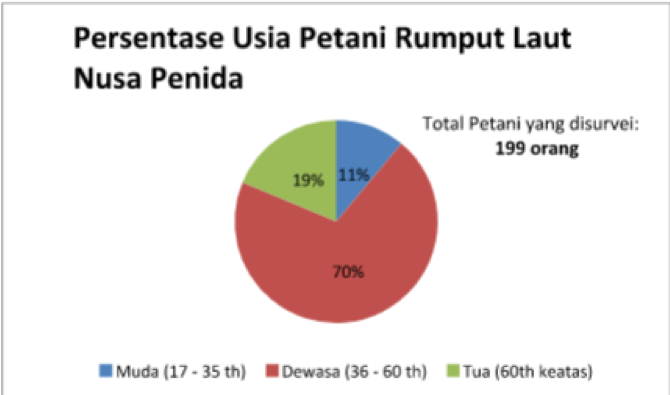
Figure 4.8 Phase 2 census results
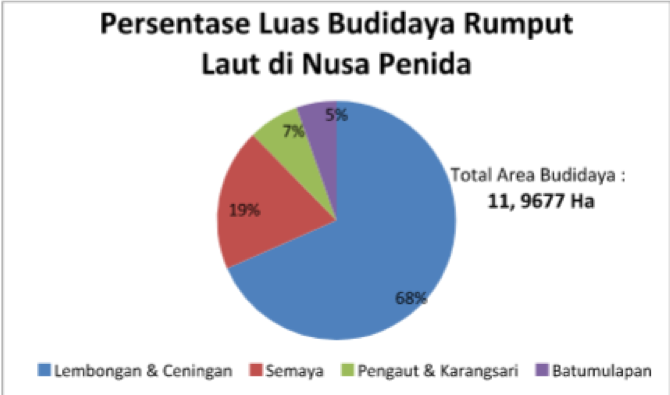
Figure 4.10 Phase 2 census results
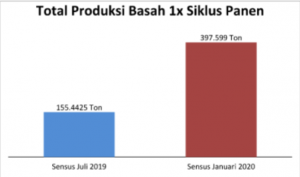
Figure 4.11 comparison of production estimates from census stages 1 and 2
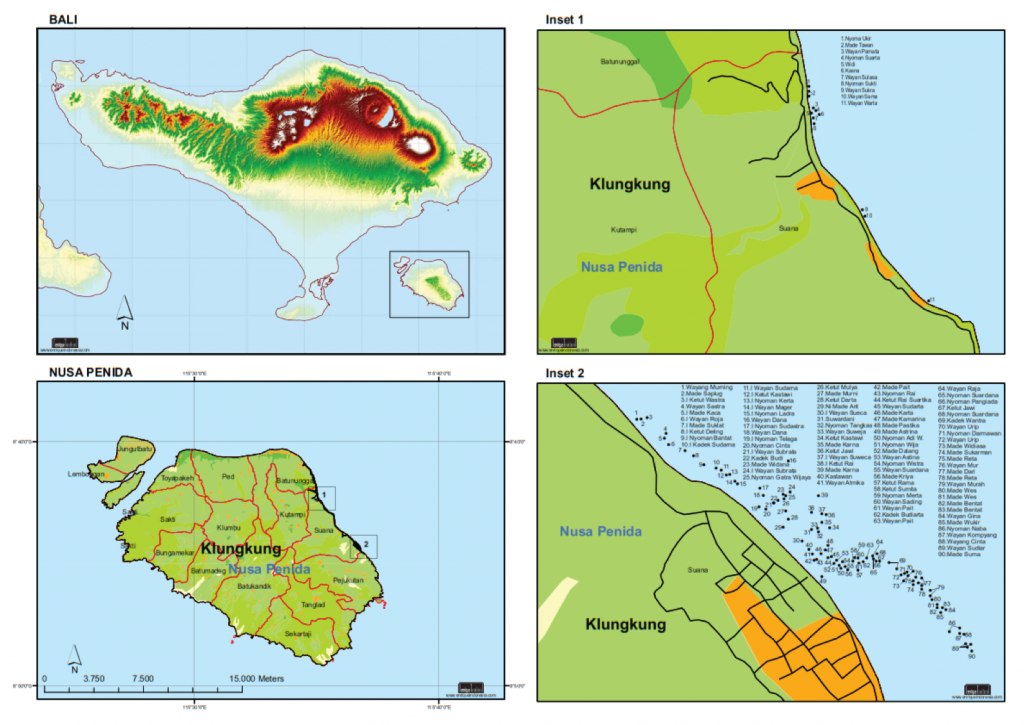
Figure 4.11 Map of cultivation locations for each farmer as a result of Census I

Figure 4.12 Map of each farmer's cultivation location as a result of Census II
Objective 5:
Increasing the added value of seaweed through diversification of processed products
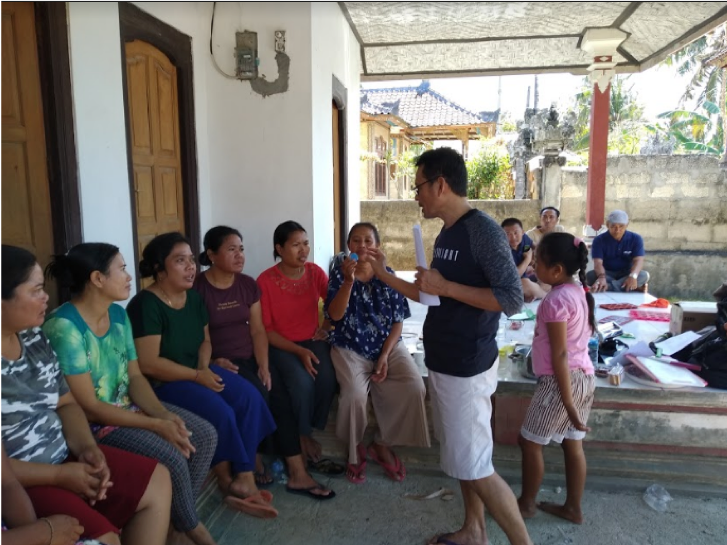
Figure 5.1 Stage 1 product making training. This training focuses on non-food products from seaweed, namely soap, body scrub and noodles. The group being trained is the Sari Segara Women's Farmers Group. This training was attended by approximately 15 mothers.
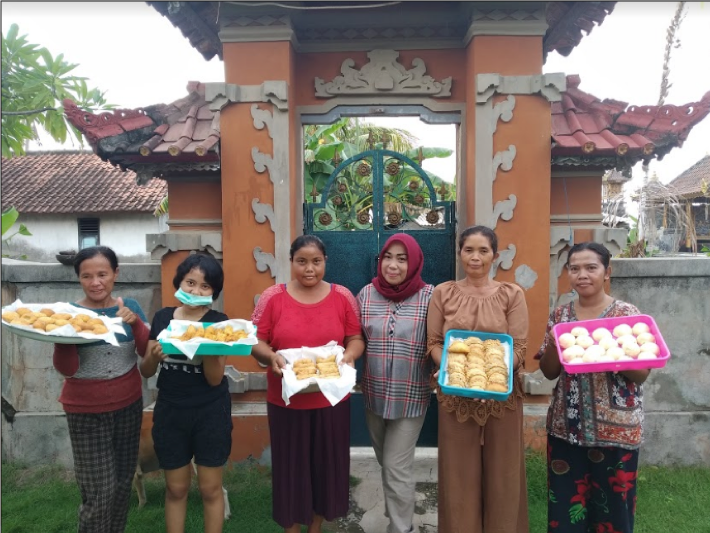
Figure 5.2 Stage 2 product making training. Different from the previous one, this training focuses on how to process products in the form of food, with the future target being Nusa Penida souvenirs. The training was attended by 5 members of KWT Sari Segara.
Objective 6:
Developing information media as a means of learning center about seaweed from upstream to downstream which is expected to be a reference for all groups
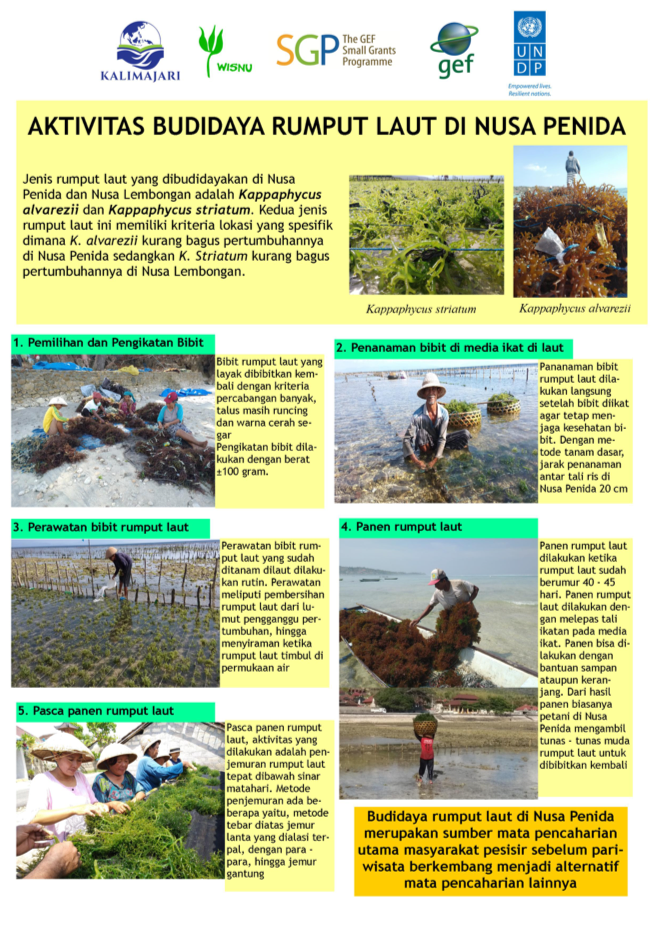
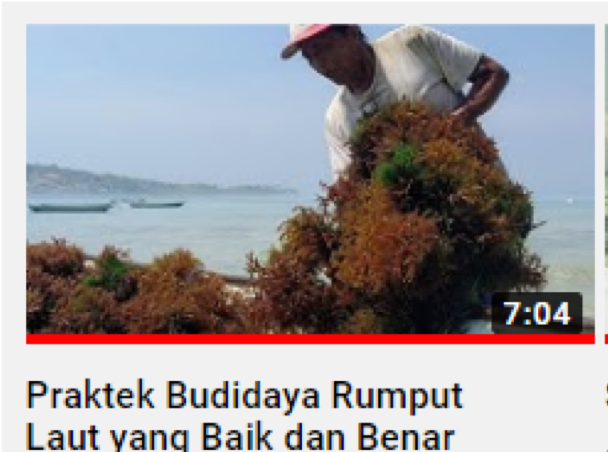
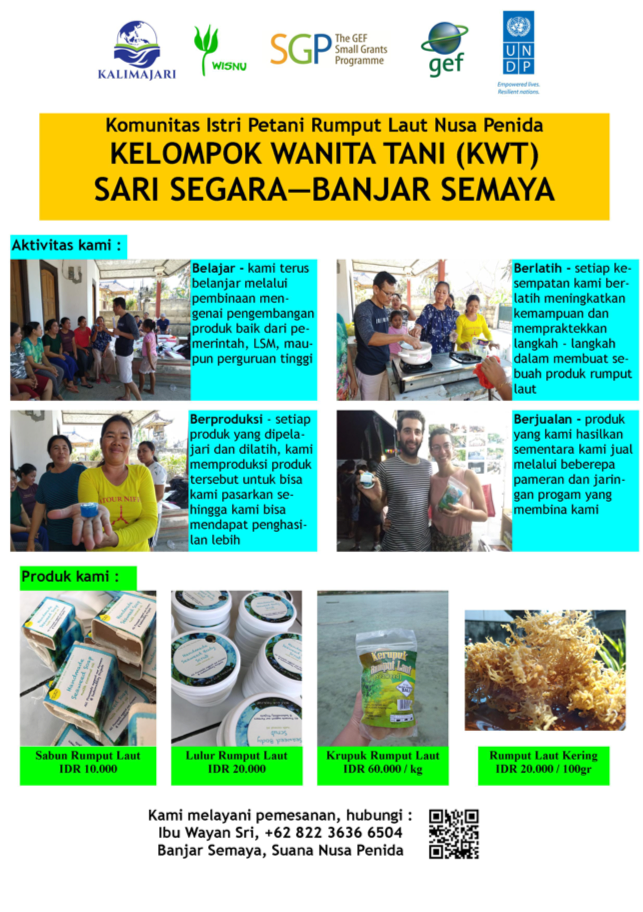
Figure 6.1 Information media that have been produced during the program. The information media are posters about cultivation in Nusa Penida and products (will continue to be revised if there are changes), as well as a cultivation tutorial film which can be accessed on Kalimajari YouTube. youtube Kalimajari.
Objective 7:
Strengthening the ability of local farmers and youth as local tour guides in providing good and correct information regarding seaweed cultivation and its uses.
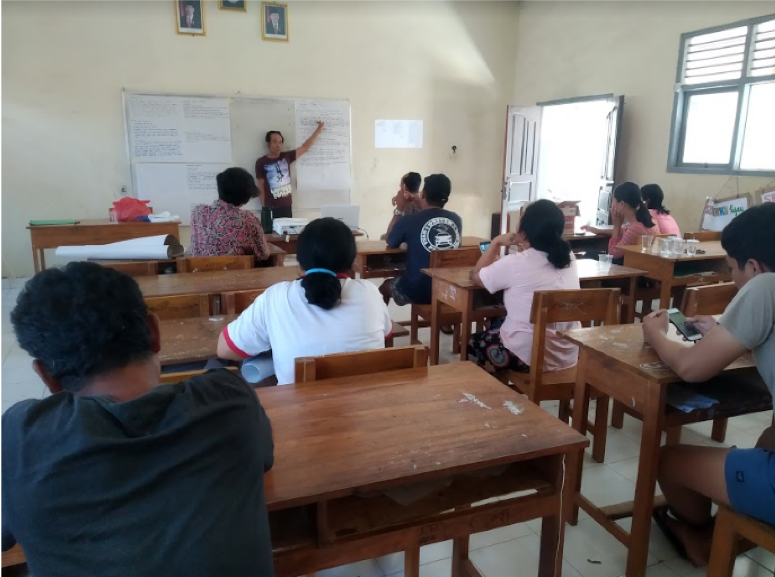
Figure 7.1 provides material on basic ecotourism concepts and how to package this local potential into a source of new knowledge for other people.
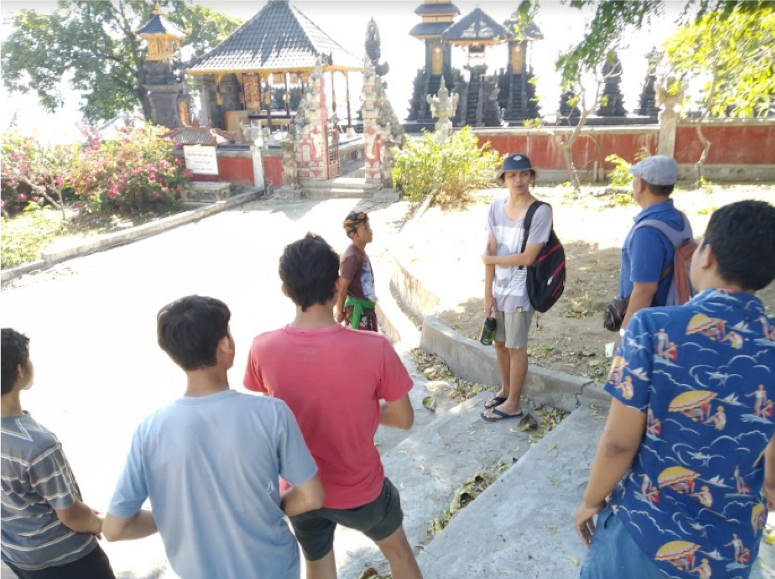
Figure 7.2 Direct practice of being a local guide who tells the potential and history of the village. This practice is followed by young people and this process is still relatively new in Semaya.
Achievements of Objective 7 activities:
Strengthening the ability of local farmers and youth as local tour guides in providing good and correct information regarding seaweed cultivation and its uses.
The training began with observations of village potential carried out by the Kalimajari team and trainers to see unique things or traditions that could be combined with the concept of seaweed-based ecotourism. The team discovered something interesting when observing the village's potential, namely, the existence of Payogan Temple which is believed to be the stana of "Ulam Ageng" or large fish which is closely related to the development process of seaweed cultivation. Another unique thing is the existence of dwarf "ship" bananas, which mostly grow on the side of the road.
The training was carried out for 2 days, the first day was class material, where the trainer explained the concept of ecotourism, guide ethics, and an important understanding of conservation as an effort to support ecotourism. On the second day, field practice was carried out, where participants were asked to try as if they were a guide and other participants were guests. This training was attended by 13 people, 8 men and 5 women. This initiative was then collaborated with JED to form an ecological tourism village from the 6 GEF SGP program villages.
Objective 8:
Building a sustainable market system for the products produced
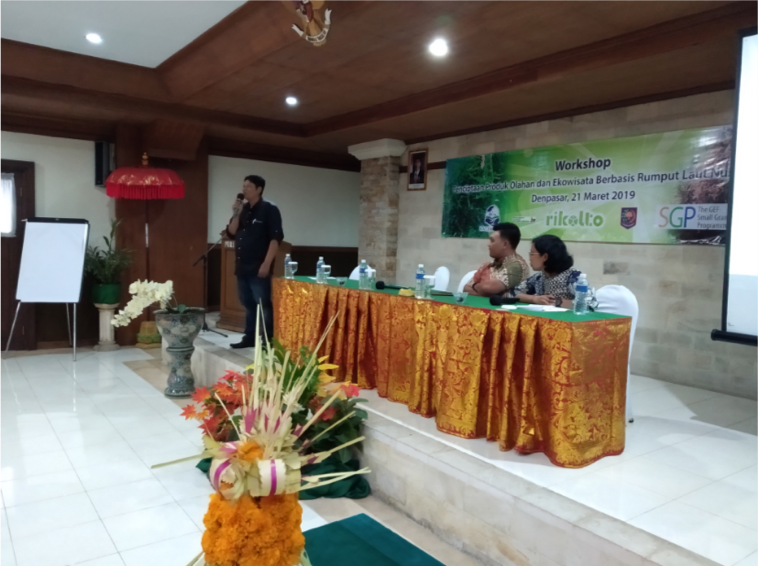
Figure 8.1 Workshop on creating seaweed-based products and ecotourism. This activity aims to determine joint steps regarding the direction of seaweed processing to increase added value. At this workshop, the speakers were Mr. Dewa who brought material about environmentally friendly tourism and Mr. Surya with material about premium market prospects for commodities.

Figure 8.2 Participants who attended the workshop were related agencies within the Klungkung Regional Government, tourism actors (restaurant and accommodation owners), other business activists, farmers and seaweed processing groups.
PROJECT IMPACT
Positive impact
- The variety of seeds in Lembongan as a nursery center during the program means farmers have many choices in determining which seeds to cultivate in the future. Apart from the existing seeds, they are still being developed/propagated.
- With the formation of the seasonal calendar in Semaya and the experience of demonstration plot trials in Semaya, farmers can determine which seeds to plant when local plants are not growing well (going through a lean period).
- Increased awareness to start cultivating amidst fluctuations in tourism in Lembongan and other places in Nusa Penida. Indirectly, the success of the demonstration plot in Lembongan sparked interest in cultivation in other communities, although initially it was only to supply seeds to Semaya.
- This increase in cultivation awareness can be seen in the results of the farmer census in July 2019, only 93 farmers could be recorded, whereas in January 2020, 199 farmers were recorded. This figure is estimated to continue to increase as a result of the pandemic that is currently hitting the world in general.
- The capacity of women's groups with seaweed processing increases. Not only food products, non-food products can also be produced independently.
- Introducing an ecotourism model by using seaweed as a source of new knowledge for young people in Semaya Hamlet.
- Due to the increase in seaweed cultivation at the Lembongan nursery location, the Head of Lembongan Village issued a circular regarding the seaweed cultivation land management system which has been abandoned by the community for quite a long time.
- The emergence of collaboration initiatives with other institutions, including with the Klungkung Regency Industry Service which began with discussions at the Kalimajari Office, with the Indonesian chef association in developing seaweed menus, as well as with Balai Takalar by providing loggers to measure water temperature at the Lembongan nursery center to date.
Negative impact
- Even though there is a variety of seeds in the nursery center, these seeds are not yet available in large quantities so the focus remains on multiplying seeds, not producing them.
- The synergy between seaweed commodities and the tourism sector has not yet worked optimally. Various obstacles are faced, including (1) farmers are just starting to cultivate so production targets are prioritized, packages and forms of marketing that attract tourists need to be packaged well.
- The development of seaweed ecotourism in Semaya is not optimal for local youth who are targeted to become local guides. More intensity is needed in assisting local youth to become local guides.
- The Kalimajari program in Lembongan was mentioned by the Klungkung Regional Government when cultivators there began to increase.
BEST EXPERIENCE
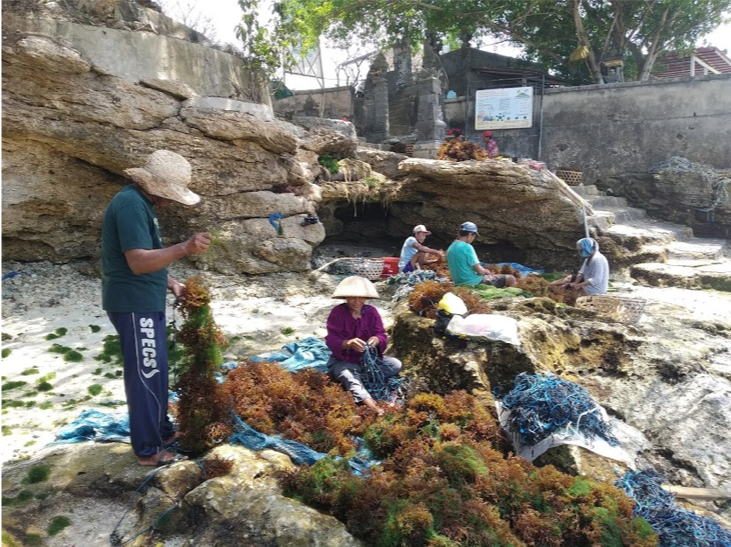
The success of the seaweed campaign. This was at the beginning of the Kalimajari program, making Lembongan only a nursery center. The farmer target was pessimistic at 10 farmers, but after purchasing seaweed seeds for Semaya, the number of farmers starting seaweed cultivation in Lembongan began to increase to 76 farmers (adjusted to the results of the January 2020 farmer census). This data is thought to continue to increase as tourism declines due to the corona pandemic.
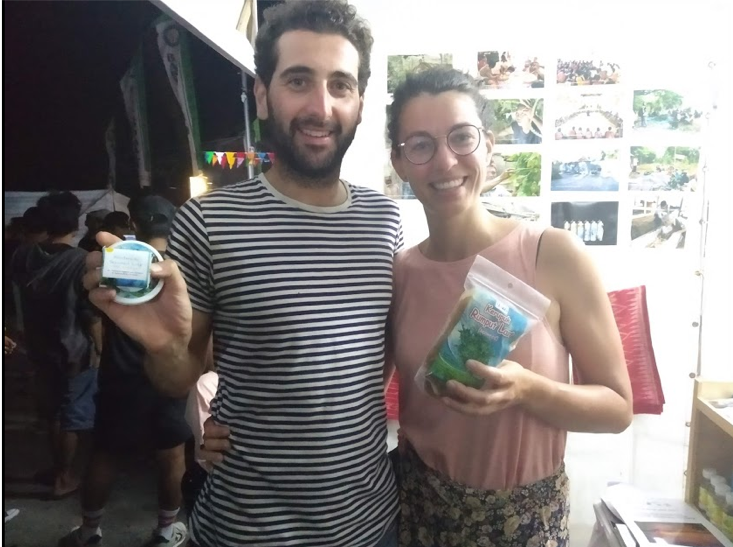
Product marketing, being able to include women's products in processing seaweed at local and national exhibitions is quite an interesting experience. Even though the target market for maternal products has not yet been clearly mapped out, in the future it will be a top priority as a material for evaluating market aspects.
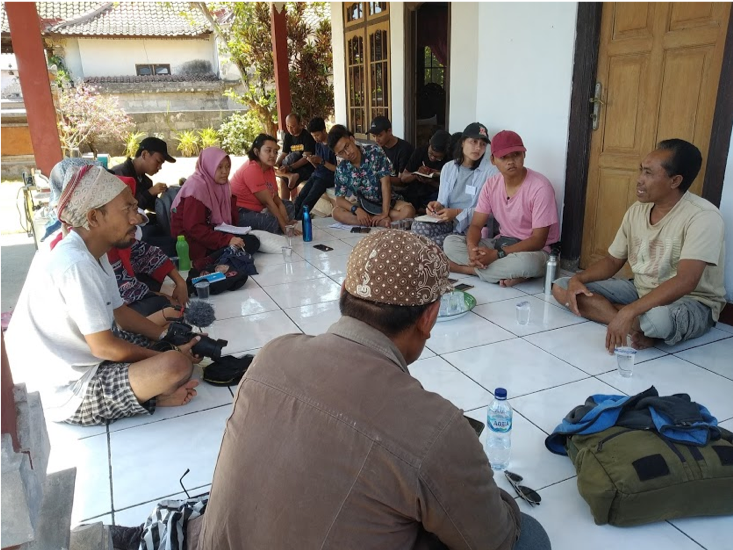
Finding farmers as local champions. This is important to help the program run smoothly in the future. Finding the best local farmers as Kalimajari work partners means that the empowerment carried out during the project can be an example for other farmers who tend to see other people's profits first. When these local champions can share their experiences with other people, we feel proud when farmers directly convey the impact of assistance from Kalimajari.
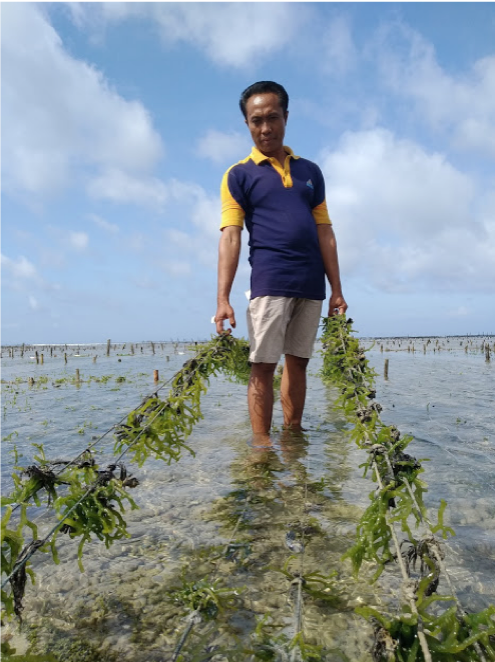
Natural conditions and waters. By conducting research and testing seaweed seeds both in Lembongan and Semaya, it turns out they have different water characteristics. Lembongan waters tend to be cooler than in Semaya, then regarding seed testing, farmers must also pay attention to the seasonal calendar that has been made and which is understood by farmers (Bali calendar). There is a gap where certain types cannot develop, while other types can develop well. This innovation must be accompanied by farmers so that cultivation continues.
PROJECT SUSTAINABILITY
- This project will continue with several activities such as conducting research on seaweed cultivation (installation of loggers for water temperature, monitoring the growth of seaweed seeds), as mentioned above, in collaboration with experts from Balai Takalar. The Kalimajari Foundation will make Nusa Penida a location for assistance even though there is no program as a form of commitment to assistance.
- Carrying out further discussions with the Indonesian Chef Association (ICA) in making the processed seaweed menu a success, as well as mapping the frozen seaweed snack market with the Indonesian Hotel and Restaurant Association (PHRI) Klungkung.
- When we decided that Nusa Penida would be our partner site for the seaweed commodity, the responsibility was divided between us and the cultivation group farmers and seaweed processing women. Their job is to follow the activity directions that we give and Kalimajari will always be open to better improvements from farmers or groups. Kalimajari will create an agenda for regular visits every month. The commitment of the assisted groups and communities to continue activities independently after the program is something that needs to be appreciated as an effort to maintain the sustainability of the program.
